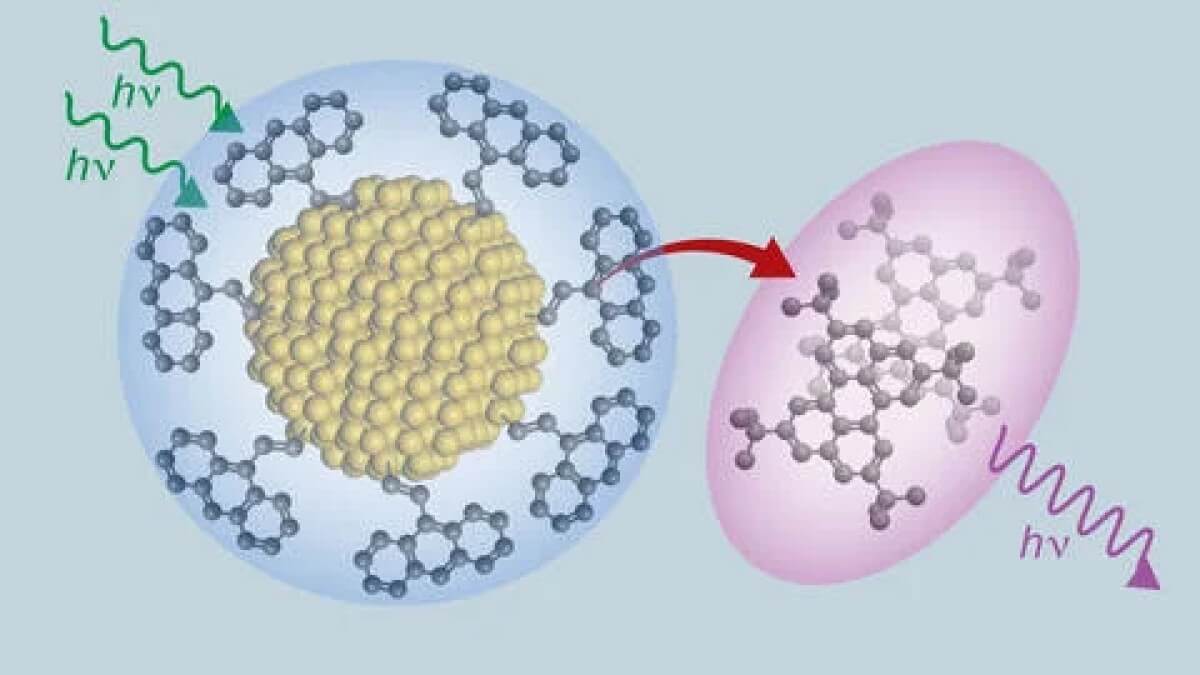RIVERSIDE, Calif. — Could a material found in televisions someday help cure cancer? A groundbreaking material created by scientists has the potential to revolutionize solar panel technology and propel advancements in cancer treatment. According to a recent study, the composite, comprised of ultra-tiny silicon nanoparticles and an organic element similar to those found in OLED televisions, enhances the energy exchange between molecules and enables the conversion of low-energy light into high-energy light.
Dr. Lorenzo Mangolini, a mechanical engineering and materials science professor at UC Riverside, leads one of the few laboratories capable of producing specialized silicon nanoparticles.
“The new material improves on previous attempts to efficiently exchange energy between dissimilar components. There are tremendous possibilities for various applications, but one of the most significant from a human health perspective is cancer treatment,” explains Dr. Mangolini in a university release.
The composite allows the emission of light with higher energy than the incident light through photon up-conversion, a process demonstrated by the research team. This breakthrough holds great promise for cancer treatment, as high-energy light, like ultraviolet laser light, can generate free radicals capable of attacking cancerous tissue. However, UV light cannot penetrate deep into tissues. On the other hand, near-infrared light possesses superior tissue penetration but lacks the energy to generate the desired radicals. The new material bridges this gap by converting low-energy light into a higher-energy form, offering a potential solution for targeted cancer therapy.

Moreover, the application of this composite extends to the field of solar energy. By harnessing near-infrared light that typically passes through solar panels, the efficiency of solar cells could be significantly enhanced.
“We could make the arrays much more efficient by utilizing low-energy photons, which are usually not utilized by these cells. This could reduce the size of solar panels by up to 30% when optimized,” theorizes Mangolini.
The implications of this new material reach beyond cancer treatment and solar panels. Its utilization in bioimaging, light-based 3D printing, and enhancing light sensors for self-driving cars in foggy conditions represents further advancements in these fields.
Professor Sean Roberts from the University of Texas at Austin, a corresponding study author, expresses excitement about the breakthrough, saying this achievement is the first of its kind.
The successful development of this composite material opens up new frontiers in the realm of material science and holds the promise of significant advancements in solar energy utilization and cancer treatment, offering hope for a brighter and healthier future.
The study is published in the journal Nature Chemistry.
You might also be interested in:
- New AI program may help surgeons find a cure for brain cancer
- Tiny implant cures mice of breast cancer in just 2 weeks, study says
- Cancer patients are being bombarded with dangerous ‘miracle cures’ on Facebook

